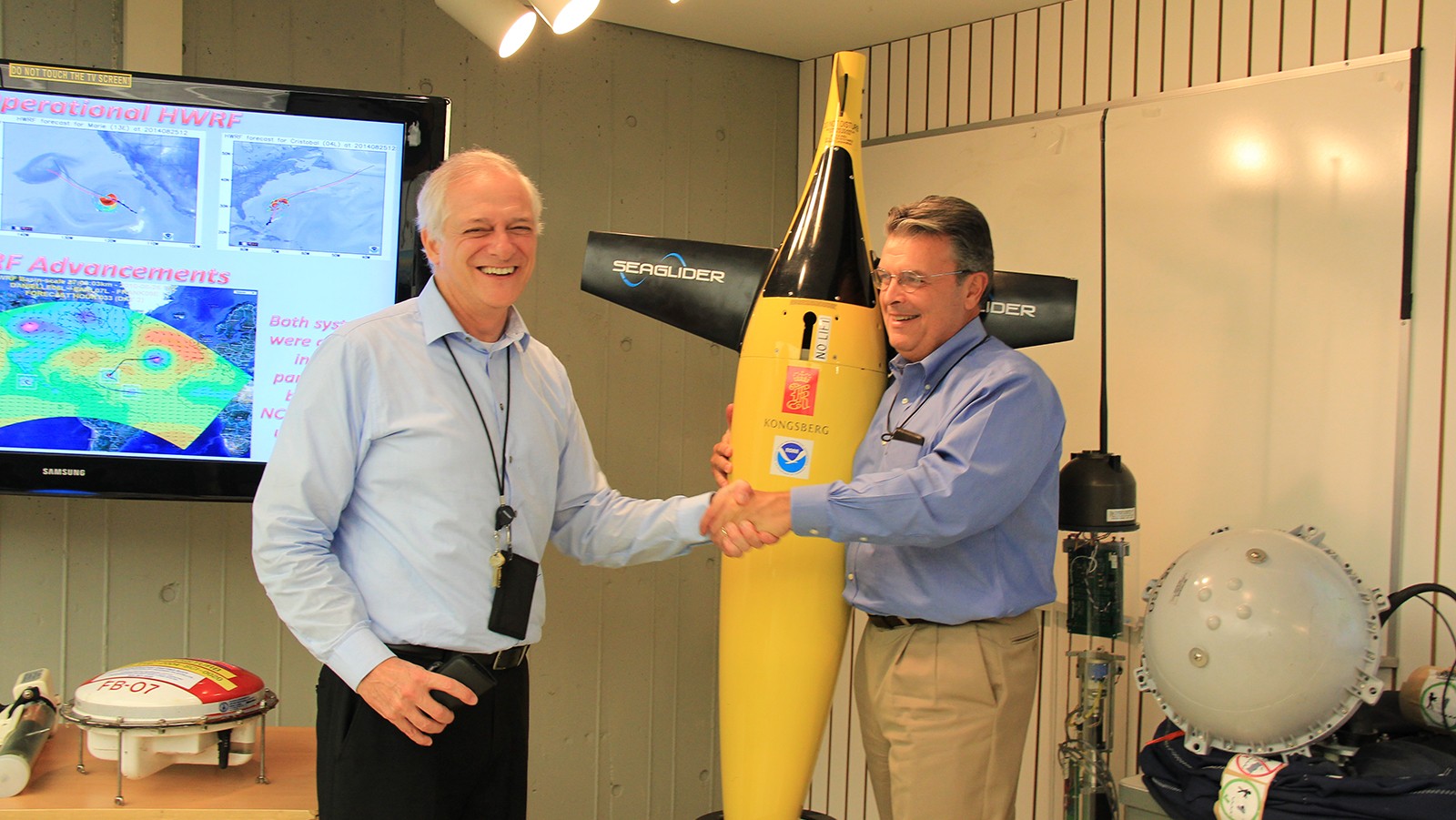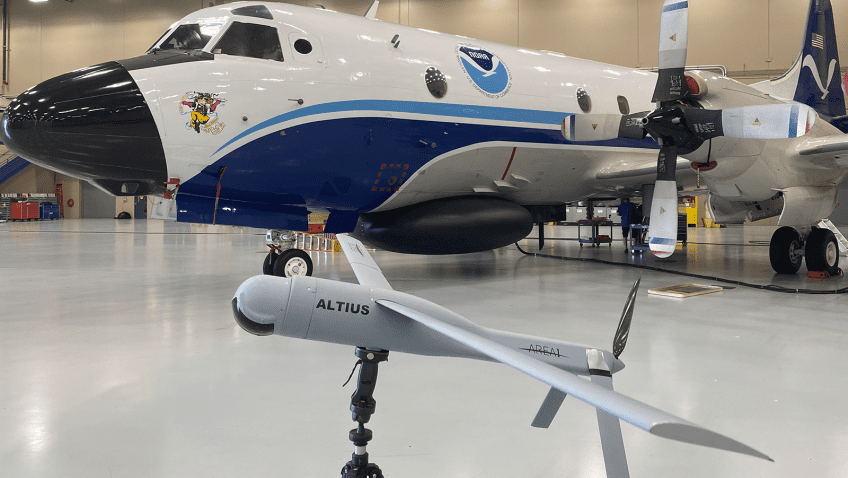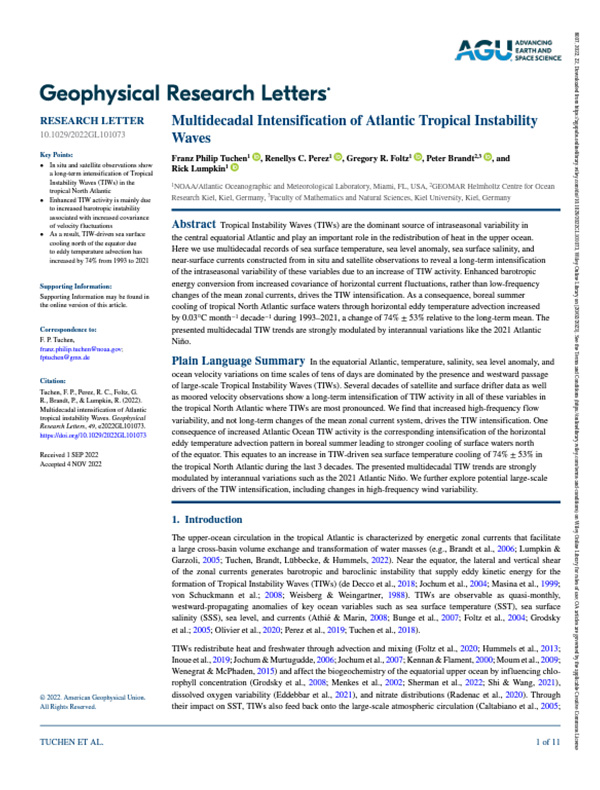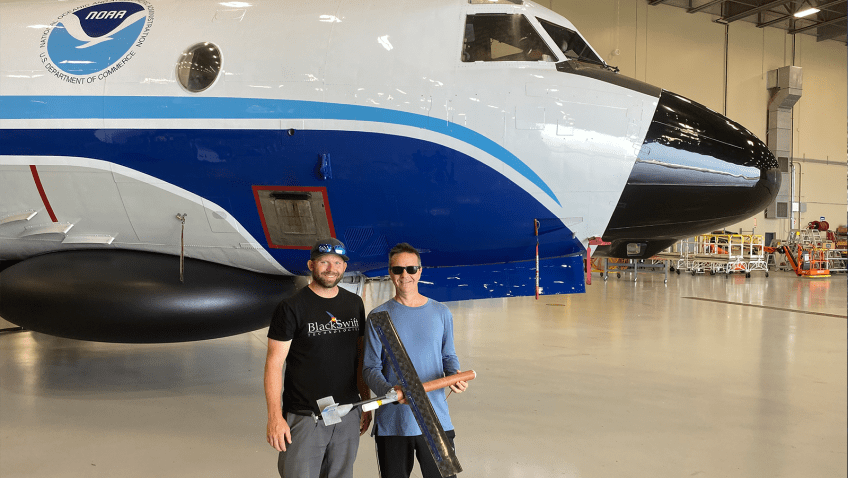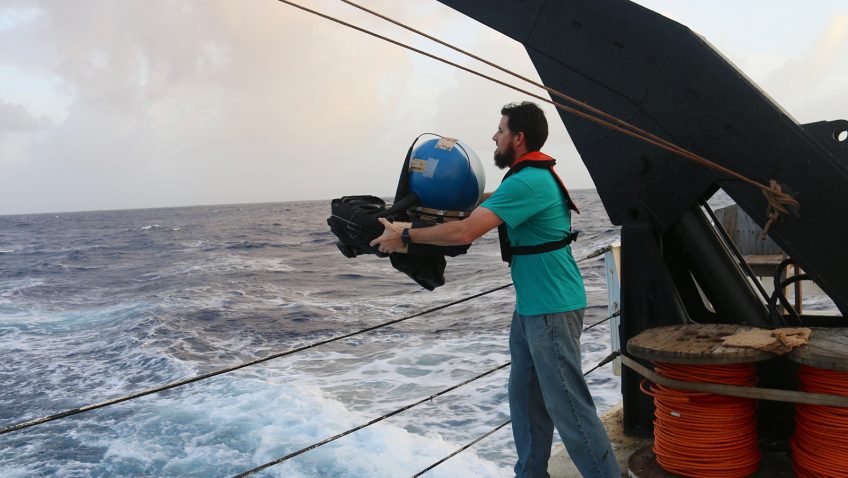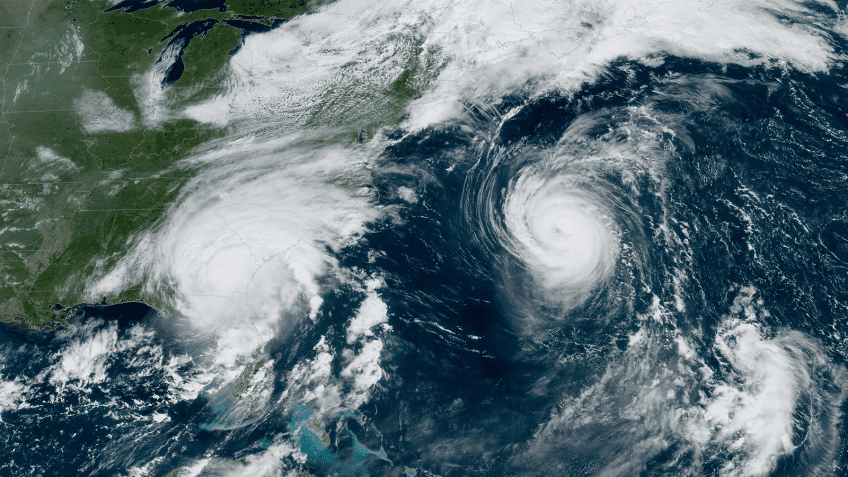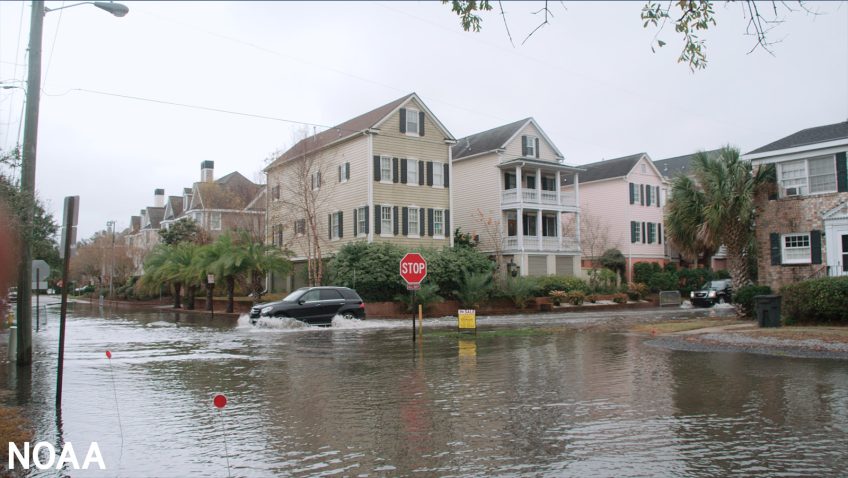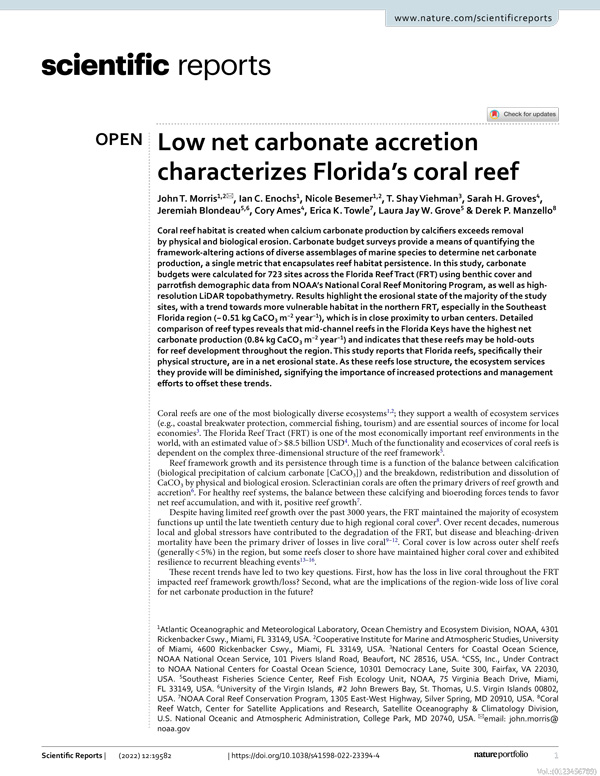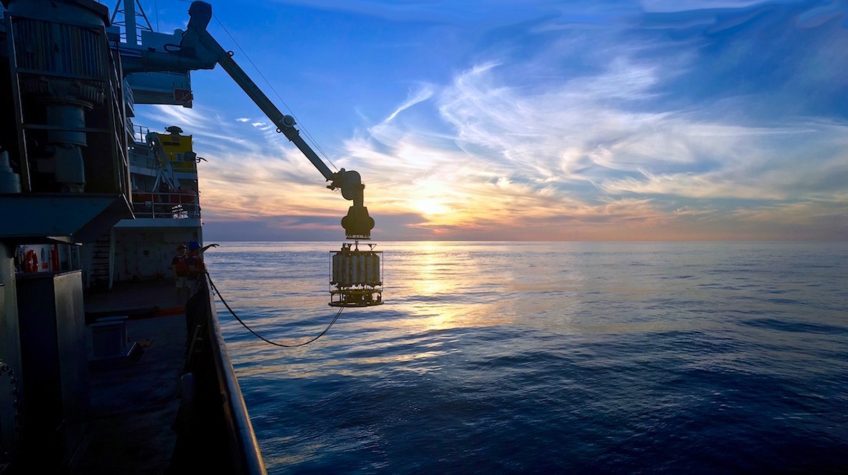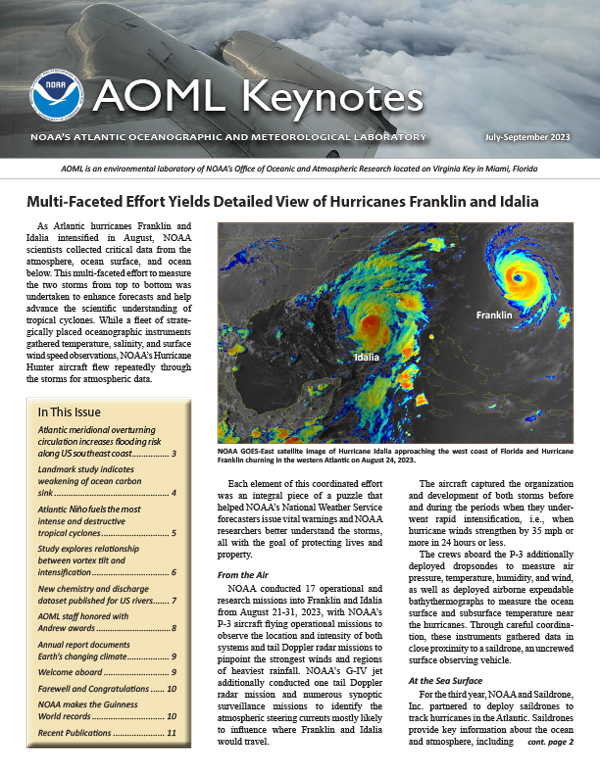AOML Oceanographer, Dr. Gustavo Goni, Retires After Over 25 Years of Federal Service
After over 25 years of federal service as a physical oceanographer, we celebrate the career of Dr. Gustavo Goni as he retires from NOAA’s Atlantic Oceanographic and Meteorological Laboratory (AOML). Gustavo began his career at AOML in 1991 when he accepted a Research Associate position with the University of Miami’s Cooperative Institute of Marine and Atmospheric Studies. Gustavo began his federal career with NOAA in 1997 as an oceanographer with the Physical Oceanography Division of AOML. In May 2009, he became the Director of the Division, a position he held until March 2021.
